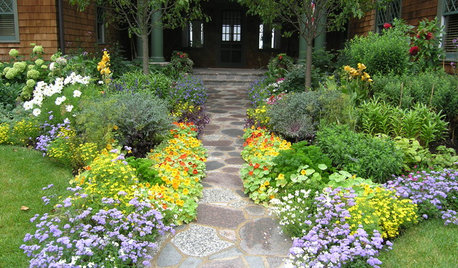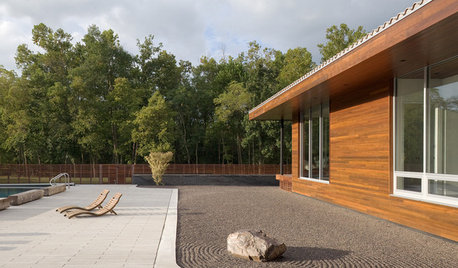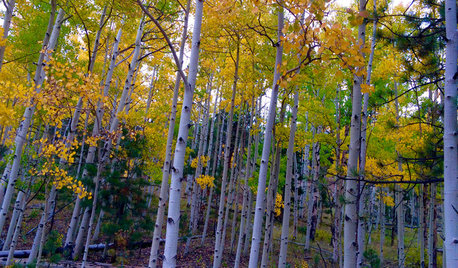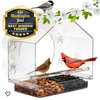Please help me make sense of poisonous plant warnings.
dabt
18 years ago
Related Stories

GARDENING GUIDESPathway Plantings That Please the Senses
Add some color, life and intrigue beside your sidewalk with these 7 suggestions
Full Story
GARDENING AND LANDSCAPINGSenses and Sensibility Make a Melbourne Patio Magical
Plants that appeal to the 5 senses, one-of-a-kind fences and plenty of space for entertaining cast a pleasing spell on the whole family
Full Story
MOST POPULAR5 Remodels That Make Good Resale Value Sense — and 5 That Don’t
Find out which projects offer the best return on your investment dollars
Full Story
LANDSCAPE DESIGNMake Your Garden Come Alive With a Sense of Movement
Master the illusion of motion for an exceptional garden that stirs emotions and the imagination
Full Story
GARDENING GUIDESGreat Design Plant: Snowberry Pleases Year-Round
Bright spring foliage, pretty summer flowers, white berries in winter ... Symphoricarpos albus is a sight to behold in every season
Full Story
GARDENING GUIDESMake Sure You Read This Before Buying New Plants
Follow these 10 plant-selection tips to avoid buyer’s remorse
Full Story
GARDENING FOR BUTTERFLIES3 Ways Native Plants Make Gardening So Much Better
You probably know about the lower maintenance. But native plants' other benefits go far beyond a little less watering and weeding
Full Story
DECORATING GUIDESHouzz Tour: Layered Look Adds a Fresh Sense of Style
Midcentury art, pottery and a mix of furnishings bring a hip edge to a traditional Los Angeles home
Full Story
EARTH DAY‘Terroir’ Brings a Sense of Place to Your Landscape
Species native to and characteristic of your region firmly root your garden and landscape
Full Story
PETS6 Ways to Help Your Dog and Landscape Play Nicely Together
Keep your prized plantings intact and your dog happy too, with this wisdom from an expert gardener and dog guardian
Full StoryMore Discussions







chuckr30
chuckr30
Related Professionals
Londonderry Landscape Architects & Landscape Designers · East Rancho Dominguez Landscape Architects & Landscape Designers · Oconomowoc Landscape Architects & Landscape Designers · Anderson Landscape Contractors · Alamo Landscape Contractors · Dallas Landscape Contractors · Federal Way Landscape Contractors · Petaluma Landscape Contractors · Pikesville Landscape Contractors · University City Landscape Contractors · Berkeley Siding & Exteriors · Denton Siding & Exteriors · Fairfax Siding & Exteriors · Longmont Siding & Exteriors · Rockford Siding & ExteriorsdabtOriginal Author
flutterby81
dabtOriginal Author
ghoghunter
pkock